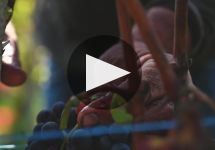G.D. Vajra Barolo Albe 2011
-
Wine
Spectator -
Wine
Enthusiast
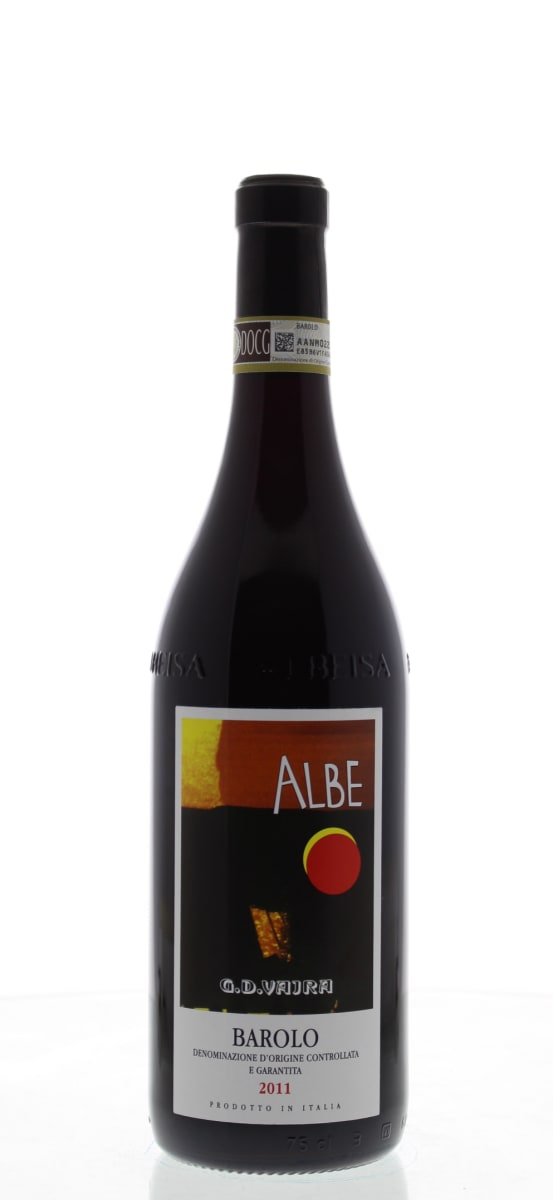



Product Details
Your Rating
Somm Note
Winemaker Notes
Professional Ratings
-
Wine Spectator
A mix of eucalyptus, cherry, leafy and tar aromas and flavors are allied to a moderately firm structure in this balanced red. The finish is long and walks the line between fresh cherry, spice and earth notes. Best from 2018 through 2032.
-
Wine Enthusiast
Enticing aromas of wild berry, pine forest, aromatic herbs, iris and a hint of leather emerge on this full-bodied red. The bold, chewy palate delivers crunchy red berry, anise white pepper, clove and sage alongside youthfully assertive tannins and bright acidity. The ripe fruit seamlessly supports the hefty alcohol level. Editors’ Choice.
Other Vintages
2021-
Robert
Parker -
James
Suckling - Vinous
-
Wine
Spectator -
Robert
Parker -
James
Suckling -
Jeb
Dunnuck -
Wine
Enthusiast - Vinous
-
Wine
Enthusiast -
Robert
Parker -
James
Suckling -
Jeb
Dunnuck -
Wine
Spectator
-
Wine
Enthusiast -
Robert
Parker -
Wine
Spectator -
James
Suckling - Decanter
-
Wine
Enthusiast -
Robert
Parker -
Jeb
Dunnuck -
James
Suckling -
Wine
Spectator -
Wine &
Spirits
-
Wine
Enthusiast -
Robert
Parker -
Wine
Spectator -
Wine &
Spirits -
James
Suckling
-
Wine
Spectator -
Robert
Parker -
Wine
Enthusiast -
Wine &
Spirits
-
Robert
Parker -
Wine &
Spirits -
Wine
Spectator
-
Wine
Spectator
-
Wine
Spectator -
Wine
Enthusiast
-
Wine
Enthusiast -
Wine
Spectator - Decanter
-
Wine
Spectator
-
Wine
Spectator -
Robert
Parker
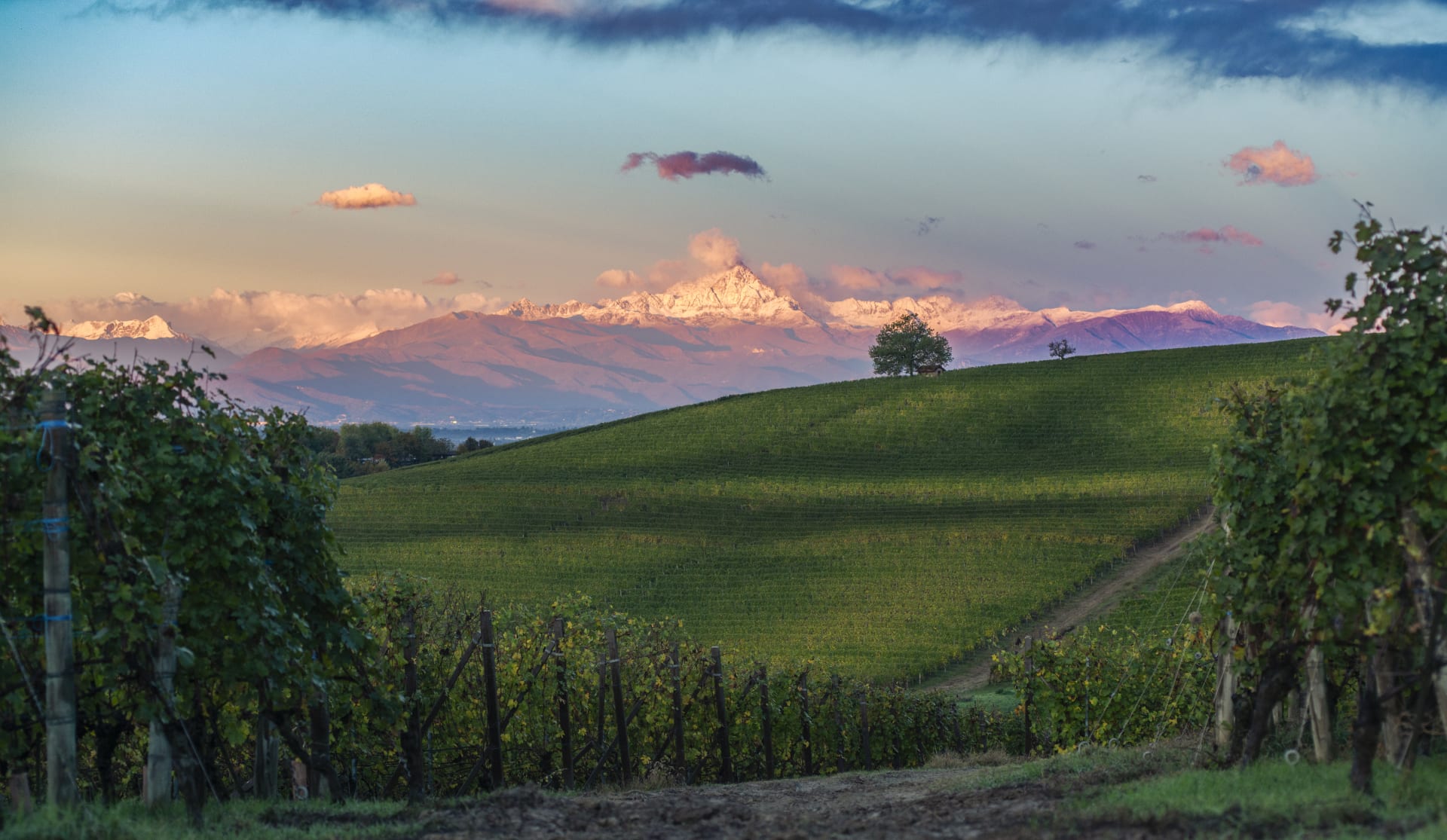
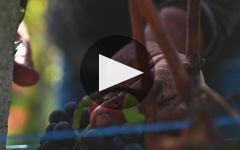
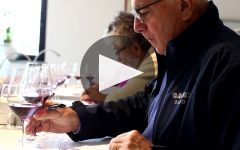
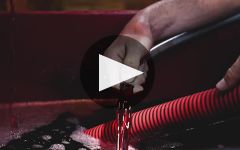
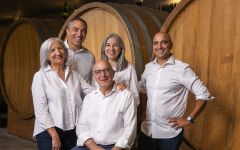
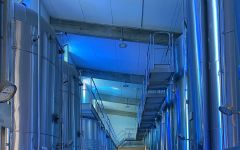
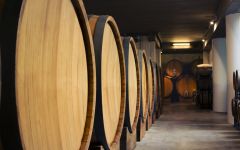

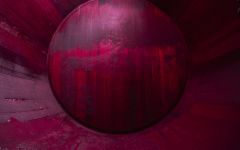
The Vajra family has farmed Bricco delle Viole, the highest cru in Comune di Barolo, since the 1880s. At the young age of fifteen, Aldo Vajra embraced the dream to revive his family legacy. Displaying a vision and commitment belying his young age he took over the estate in 1968, turning a new page.
Aldo soon acquired the first organic certification of the region (1971), created private biotype selections (selezioni massali) of Nebbiolo and Dolcetto, pioneered the renaissance of Freisa, a noble yet forgotten local grape (1980) and the cultivation of Rhine Riesling in Piemonte (1985).
Today, the Vajra family continues the vineyard research focusing on the influence of soil and climate change. The winery is trail-blazing the rediscovery of Chiaretto di Nebbiolo and the wines of the 17th century – long before Barolo was created - through two limited-production wines: "N.S. della Neve" (a champagne-method rosé brut) and "Claré J.C.", a partial whole-cluster fermentation of pure Nebbiolo.
High elevation vineyards are a unique factor to the Vajra wines, for their ability to express finesse and remarkable complexity over power.
Attention to details and humility towards the nature, uncompromised efforts and humanity: so are Aldo and Milena, now joined by their energetic children Giuseppe, Francesca and Isidoro, and by an amazing team of young professionals, in their quest for an authentic expression of their land into the wines. G.D. Vajra is an independent winery, entirely family-owned.
The winery quality focus grows during the years, SNQPI (2016) and Equalitas (2022) joined their certifications pack, the research on the flora and fauna, the improvement of biodiversity and the preservation of the old vines are a part of their everyday life and the future goal. G.D. Vajra is an independent winery, entirely family-owned.

Responsible for some of the most elegant and age-worthy wines in the world, Nebbiolo, named for the ubiquitous autumnal fog (called nebbia in Italian), is the star variety of northern Italy’s Piedmont region. Grown throughout the area, as well as in the neighboring Valle d’Aosta and Valtellina, it reaches its highest potential in the Piedmontese villages of Barolo, Barbaresco and Roero. Outside of Italy, growers are still very much in the experimentation stage but some success has been achieved in parts of California. Somm Secret—If you’re new to Nebbiolo, start with a charming, wallet-friendly, early-drinking Langhe Nebbiolo or Nebbiolo d'Alba.

The center of the production of the world’s most exclusive and age-worthy red wines made from Nebbiolo, the Barolo wine region includes five core townships: La Morra, Monforte d’Alba, Serralunga d’Alba, Castiglione Falletto and the Barolo village itself, as well as a few outlying villages. The landscape of Barolo, characterized by prominent and castle-topped hills, is full of history and romance centered on the Nebbiolo grape. Its wines, with the signature “tar and roses” aromas, have a deceptively light garnet color but full presence on the palate and plenty of tannins and acidity. In a well-made Barolo wine, one can expect to find complexity and good evolution with notes of, for example, strawberry, cherry, plum, leather, truffle, anise, fresh and dried herbs, tobacco and violets.
There are two predominant soil types here, which distinguish Barolo from the lesser surrounding areas. Compact and fertile Tortonian sandy marls define the vineyards farthest west and at higher elevations. Typically the Barolo wines coming from this side, from La Morra and Barolo, can be approachable relatively early on in their evolution and represent the “feminine” side of Barolo, often closer in style to Barbaresco with elegant perfume and fresh fruit.
On the eastern side of the Barolo wine region, Helvetian soils of compressed sandstone and chalks are less fertile, producing wines with intense body, power and structured tannins. This more “masculine” style comes from Monforte d’Alba and Serralunga d’Alba. The township of Castiglione Falletto covers a spine with both soil types.
The best Barolo wines need 10-15 years before they are ready to drink, and can further age for several decades.
